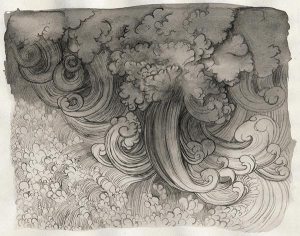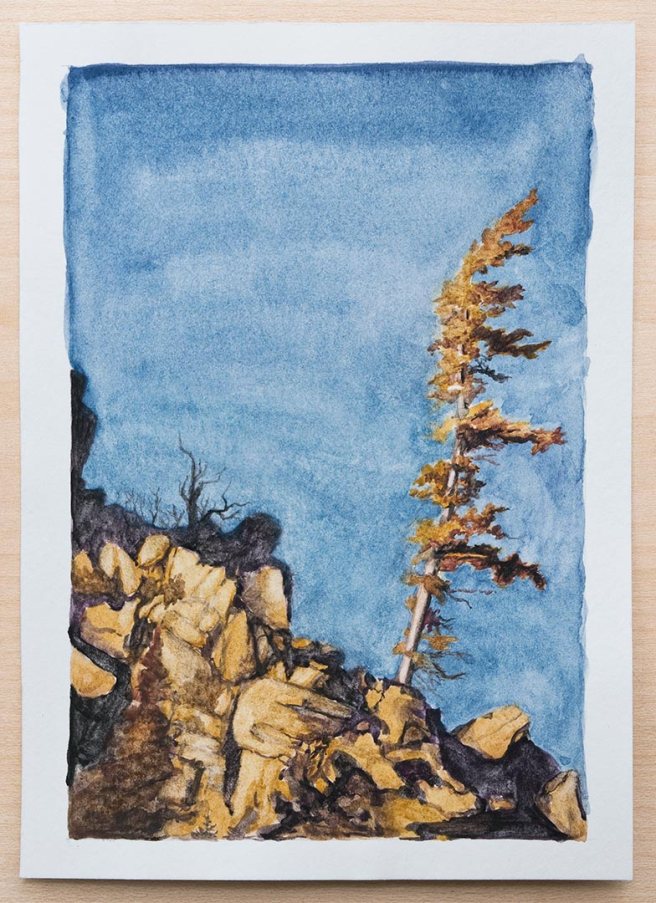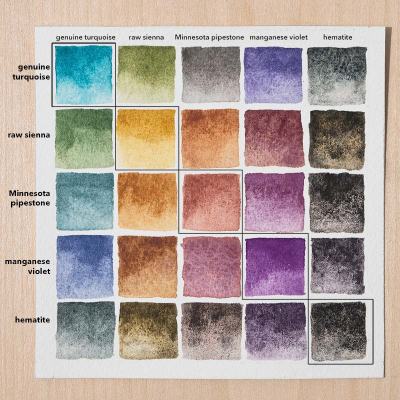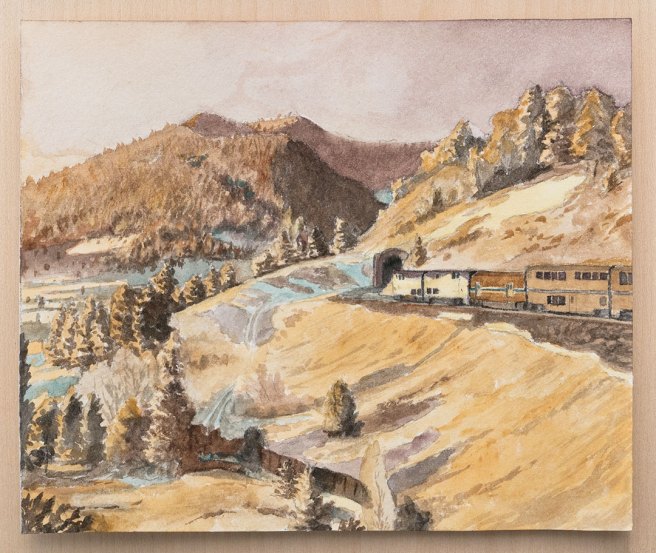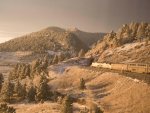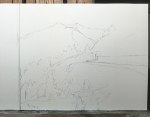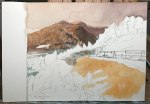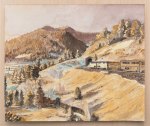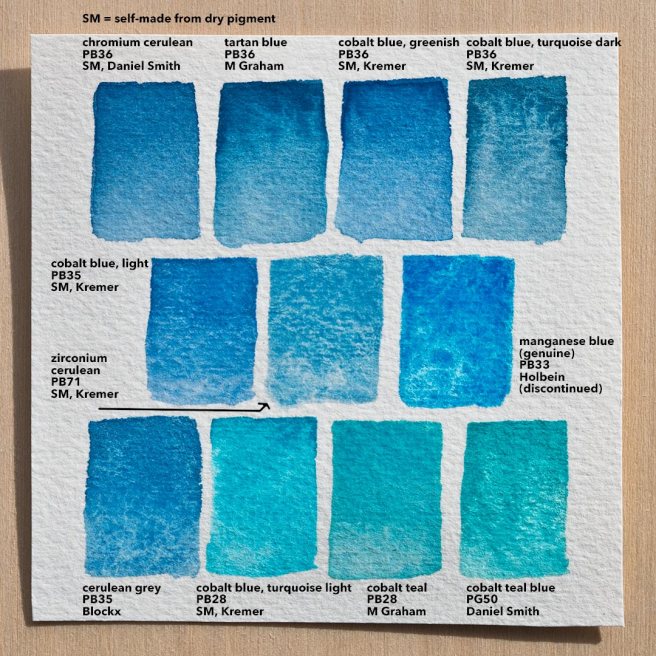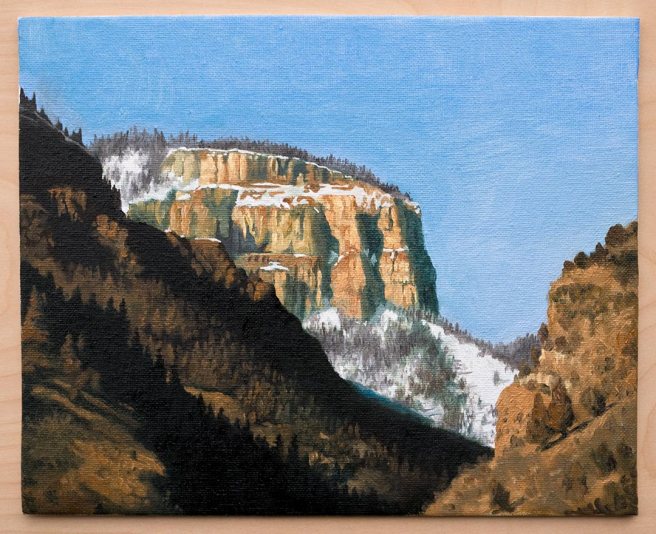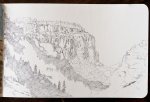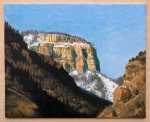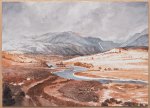
This past week I’ve been using a palette with a little more spring potential, with the inclusion of chromium oxide green, but I also wanted to paint some clouds too. This painting above is from a photo I took last winter in the Rocky Mountains.
It was a snowy landscape with little light from the overcast sky late in the day, but then the clouds started to slowly part enough for sunlit clouds to be seen through them in a long rift. Thinking about it now reminds me of this quote I’ve read- “When Satan thrusts his threatenings upon you, turn from them, and comfort your soul with the promises of God. The cloud may be dark in itself, but when filled with the light of heaven, it turns to the brightness of gold; for the glory of God rests upon it.” -Ellen White
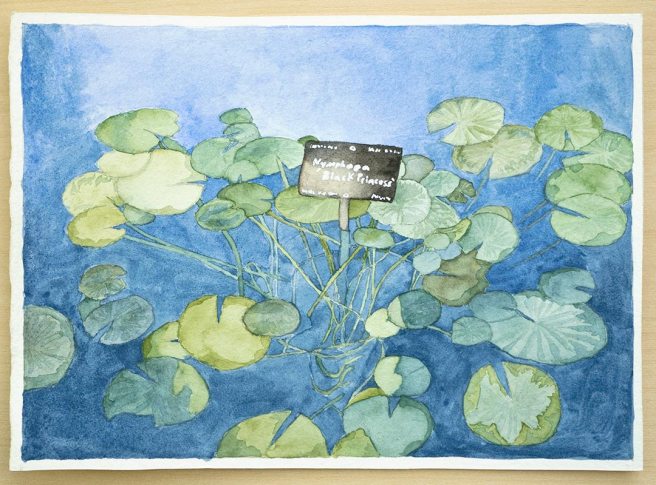
Because of the green on the palette I made sure to also paint some plants. This waterlily was painted from a photo I took at the Denver Botanic Gardens. It’s called Black Princess, and apparently has blackish red flowers when they’re blooming.
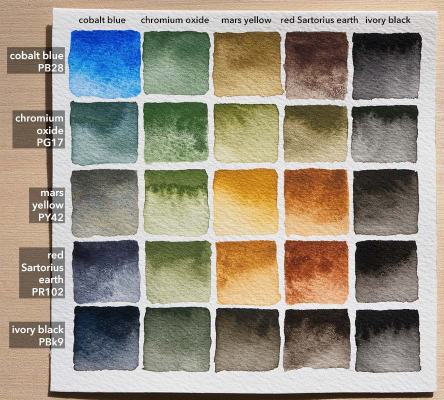
For the palette this week cobalt blue was a very good, strong blue, but granulated a little too much to get the smoothness of the water. It made nice greys when mixed with the red earth, which was otherwise not used much. The real stand out was the chromium oxide, which is the one that I made myself from dry pigment. It’s very strong and also opaque. About 12 of the 25 mixes above are green because so many of these are either green or combine to make green. Ivory black actually wasn’t used very much, except in the trees of the sunset painting, but I wanted the option of something darker than the grey made from mixing cobalt blue and the red earth.
